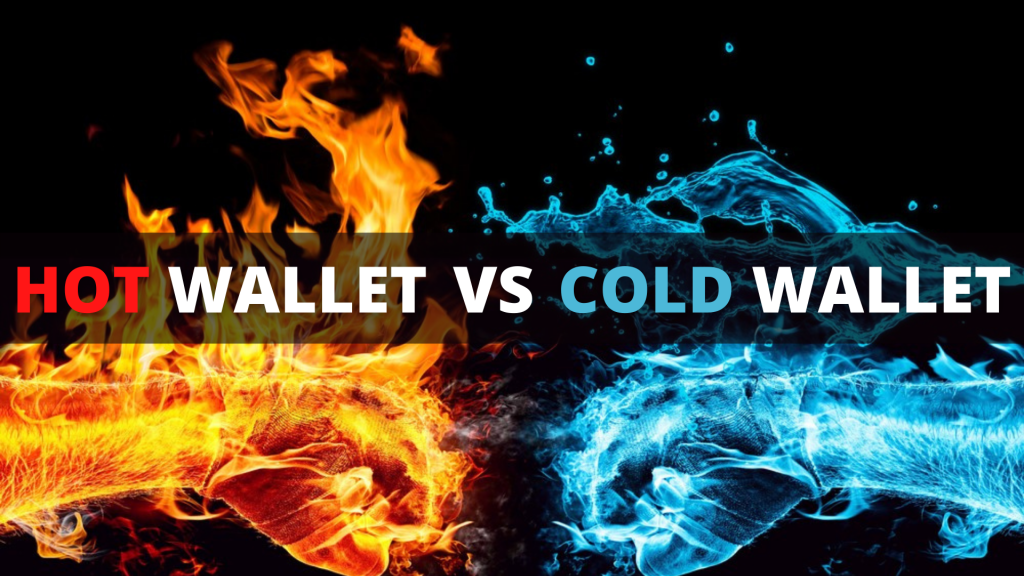Keeping the crypto you just bought on centralised exchange (CEX) is the easiest way to hold your token. But is it truly safe?
In 2021 alone, there were been more than 20 hacks on centralised exchanges, where hackers walked away with at least US$10 million.
A recent, high-profile hack saw Singapore based Crypto.com losing over US$30 million in Bitcoin and Ethereum.
Though Crypto.com made moves to repay all the funds and beef up its privacy and safety protocols, not all centralised exchanges will bear the losses.
Thus, cryptocurrency wallets can provide more protection but it is a bit more complicated. Cryptocurrency wallets can be categorised into two main types — hot and cold wallets.
Hot wallets explained
A hot wallet is a form of software wallet that is connected to the Internet. It can come in many forms from web-based wallets to mobile wallets. The best thing of all is that hot wallets are free!
In the event that you want to venture out and explore what decentralised finance (DeFi) has to offer, the most convenient way to interact with decentralized applications (dApps) is via a hot wallet.
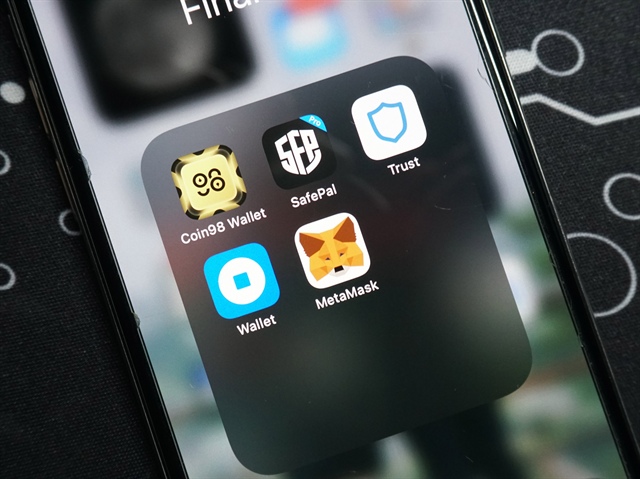
Funds on hot wallets are also easily accessible and there is no need to transition between offline and online to make a transaction.
Cold wallets, on the other hand, would require users to transfer the funds into a hot wallet before they are able to make a transaction.
Do note that because hot wallets are connected to the Internet, they are still vulnerable to digital attacks.
MetaMask

Without a doubt, MetaMask is the most popular digital wallet in the crypto space with over 21 million users worldwide. There is even a swap function that allows users to swap tokens with ease.
It doesn’t end on the Ethereum blockchain. MetaMask also allows users to tap onto the Binance Smart Chain network to store and transact using BEP-20 tokens. It also supports other layer 2 networks like Polygon and Fantom.
Phantom

Phantom is the number one crypto wallet on the Solana blockchain. Similar to MetaMask, it is a non-custodial digital wallet and is installed like a regular plugin.
There is an inbuilt gallery where users can see their NFT straight from the wallet. Phantom also just released an IOS version so iPhone users can easily access Phantom from their mobile devices.
Cold wallets explained
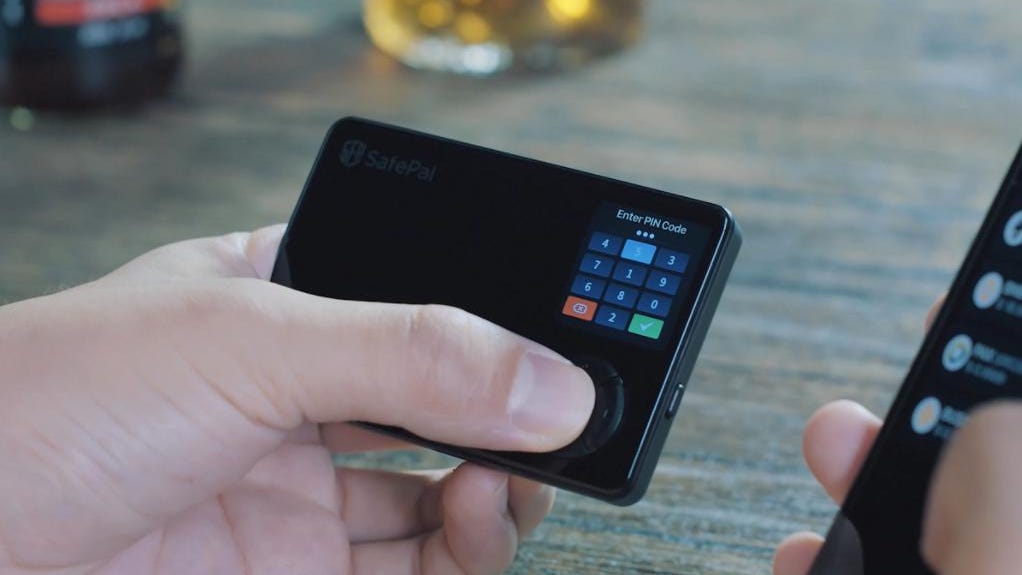
Cold wallets or cold storage is a physical device that is able to store cryptocurrencies completely offline. Many come in the form of a USB stick and can range from US$30 to over US$200.
Because the device is able to store crypto offline, it can protect the investment from online hacks and digital attacks.

There is a trade-off between accessibility and security as cold wallets are less convenient because the device must be connected to the Internet before any transaction can be made.
Most established CEXs will use a combination of hot and cold wallets. They will store majority of their fund in a cold wallet and only just enough liquidity in a hot wallet to service withdrawal transactions. This will ensure that majority of the fund are kept safe and sound.
Only buy cold wallet from an authorised dealer as second-hand device might be tampered with.
Ledger
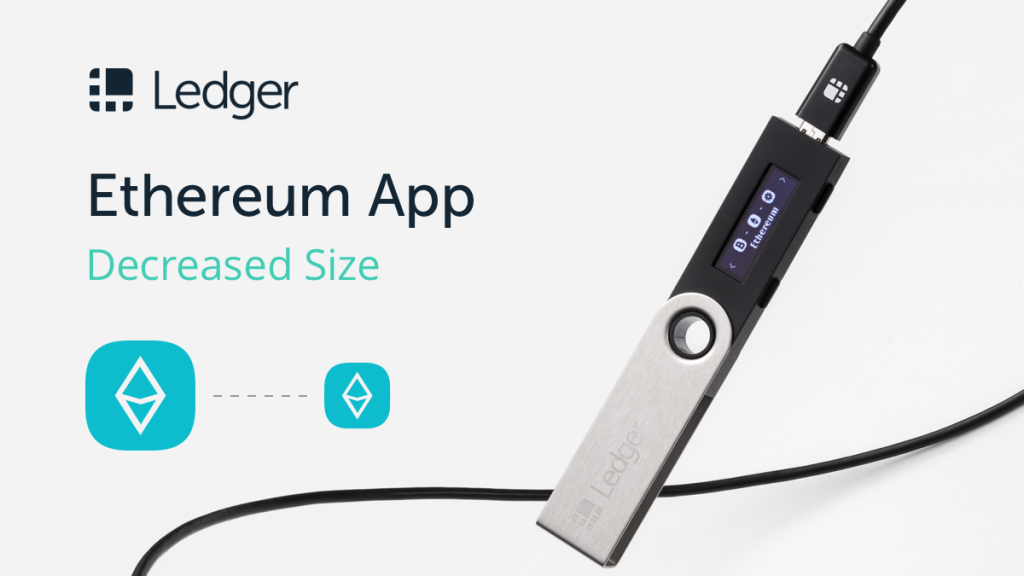
Ledger is by far one of the most popular cold wallets in the world. Its most popular product — the Ledger Nano S has sold over one million units worldwide. The wallets are equipped with industry-leading security to help keep crypto assets secure at all times.
It is also ready to launch their very own crypto debit card called the Crypto Life card. It is scheduled to launch in UK, France and Germany in Q1 of 2022 and would start to roll out in the US in Q2 of 2022.
Trezor
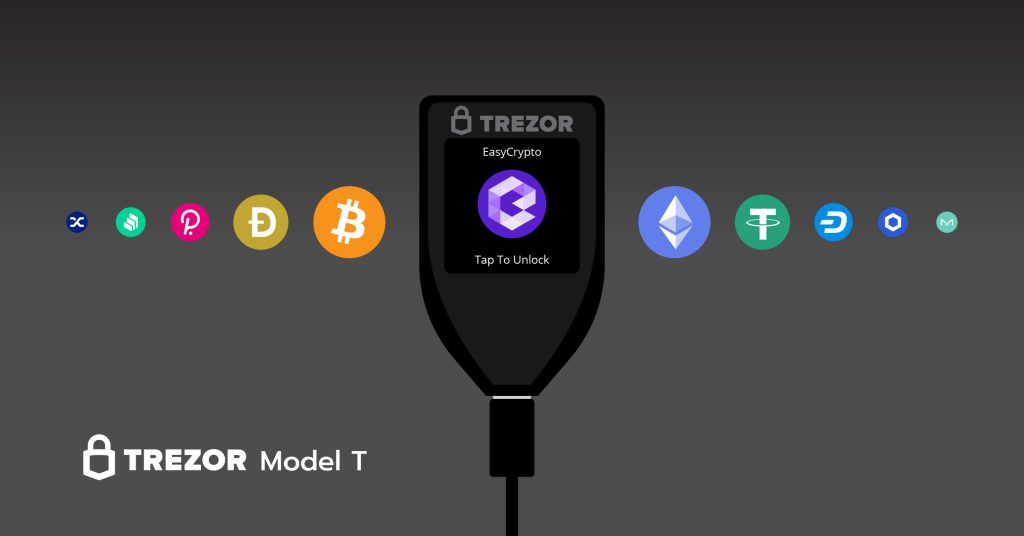
Trezor was the world’s first hardware wallet ever created. It prides itself on its open-source software and hardware that can be viewed publicly on GitHub.
It is almost impossible to hack as there is no username and password for the account. The credential is the Trezor device itself. This is why it is one of the safest ways to store cryptocurrency.
Wrapping up

In a nutshell, both hot and cold wallets are generally more secure than storing crypto on the CEX. While hot wallet is more user friendly and simpler to use, it is not advisable to hold large amount of crypto on a hot wallet.
It is by far more secure to keep crypto in a cold wallet instead. Even though it is more cumbersome to use. It is a small price to pay for peace of mind.
[Editor’s Note: This article does not represent financial advice. Please do your own research before investing.]
Featured Image Credit: Chain Debrief
Also Read: How To Use MetaMask To Take The First Step Into The World Of Decentralized Finance
